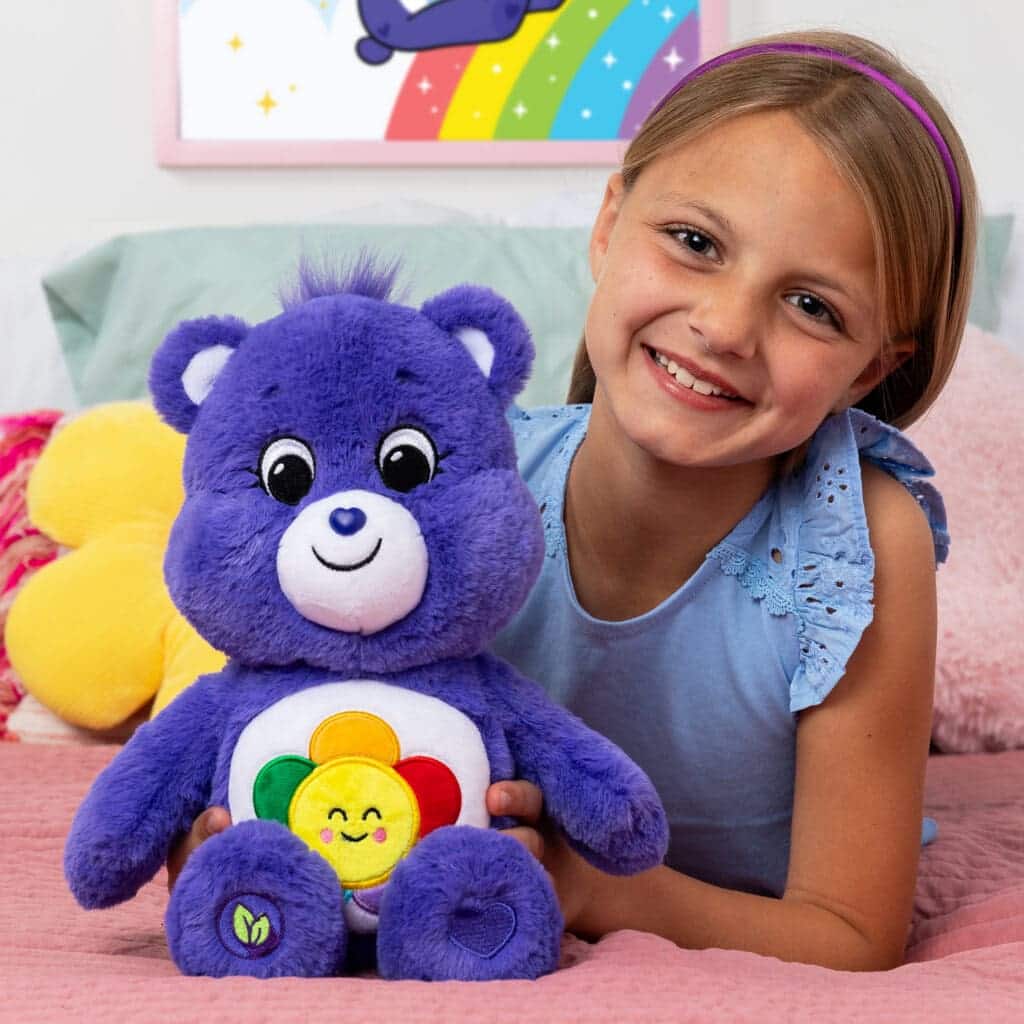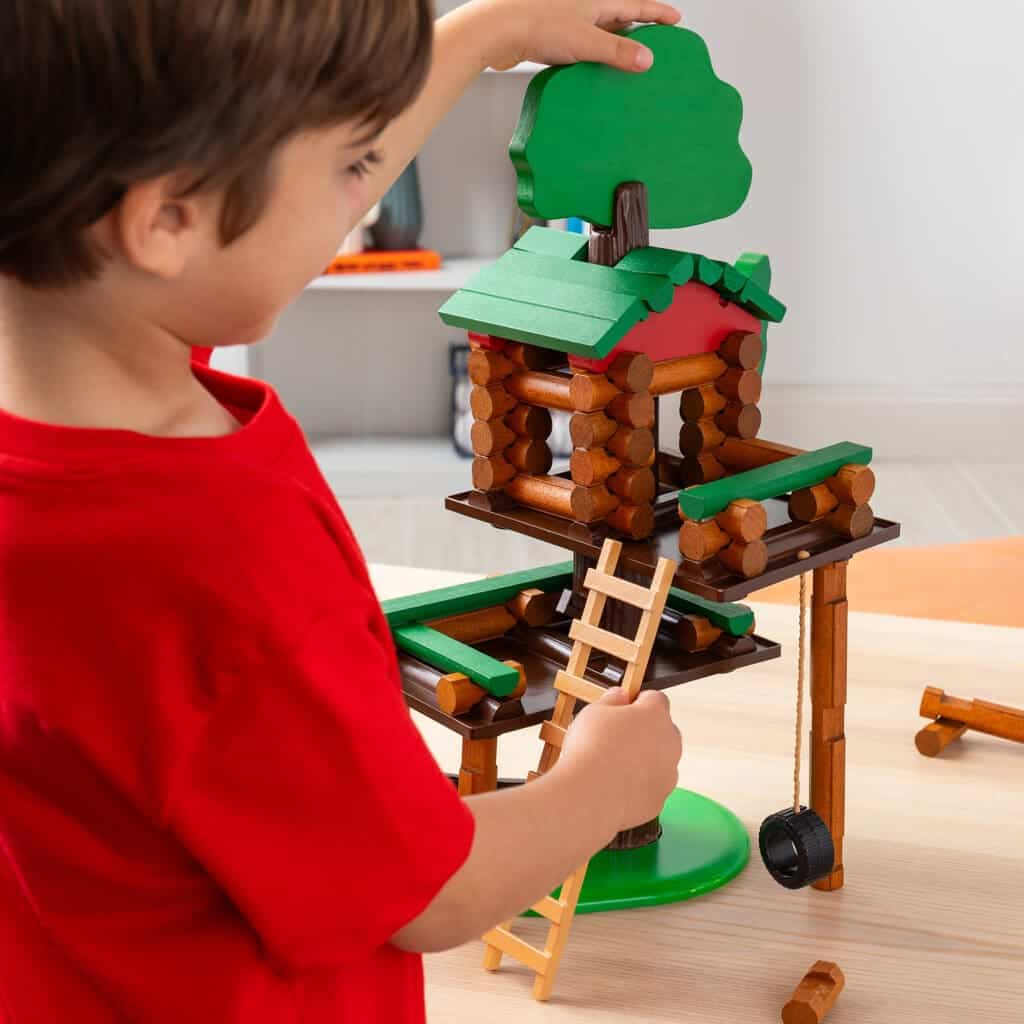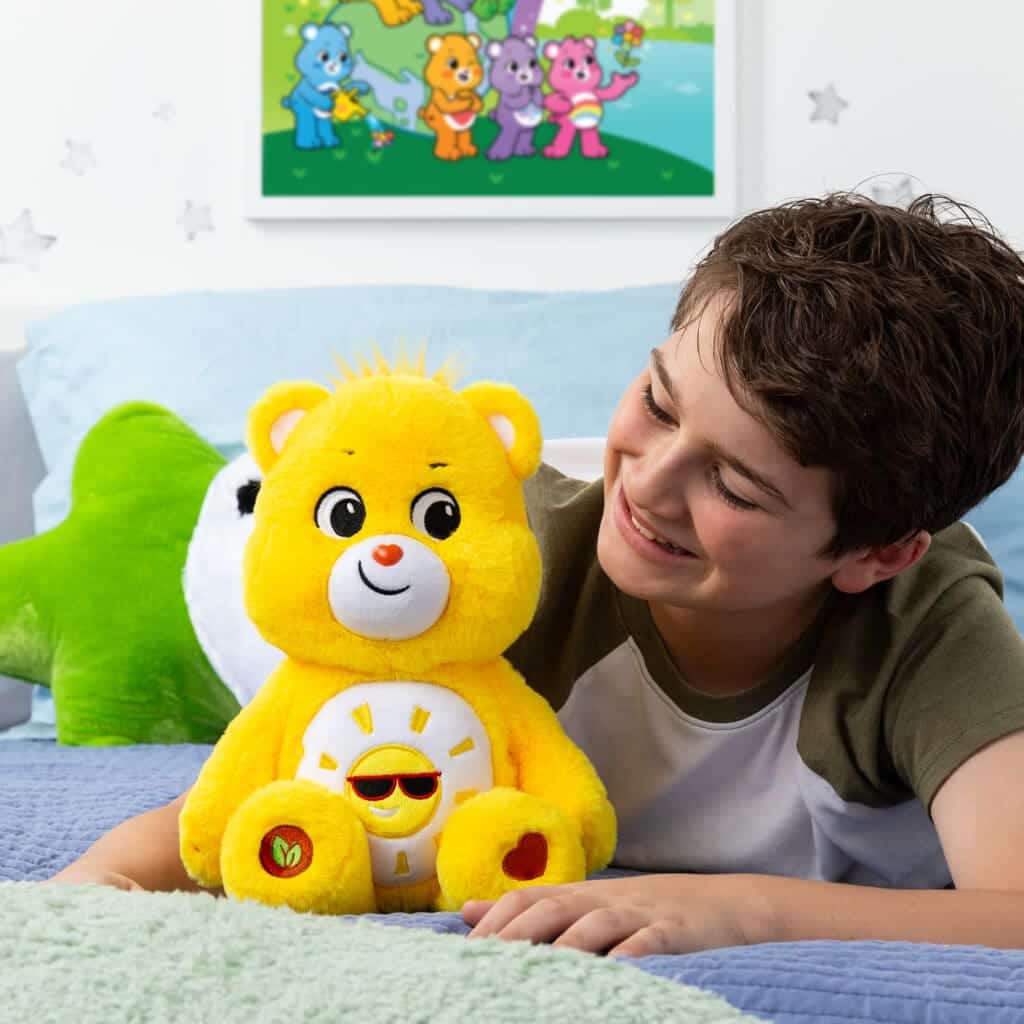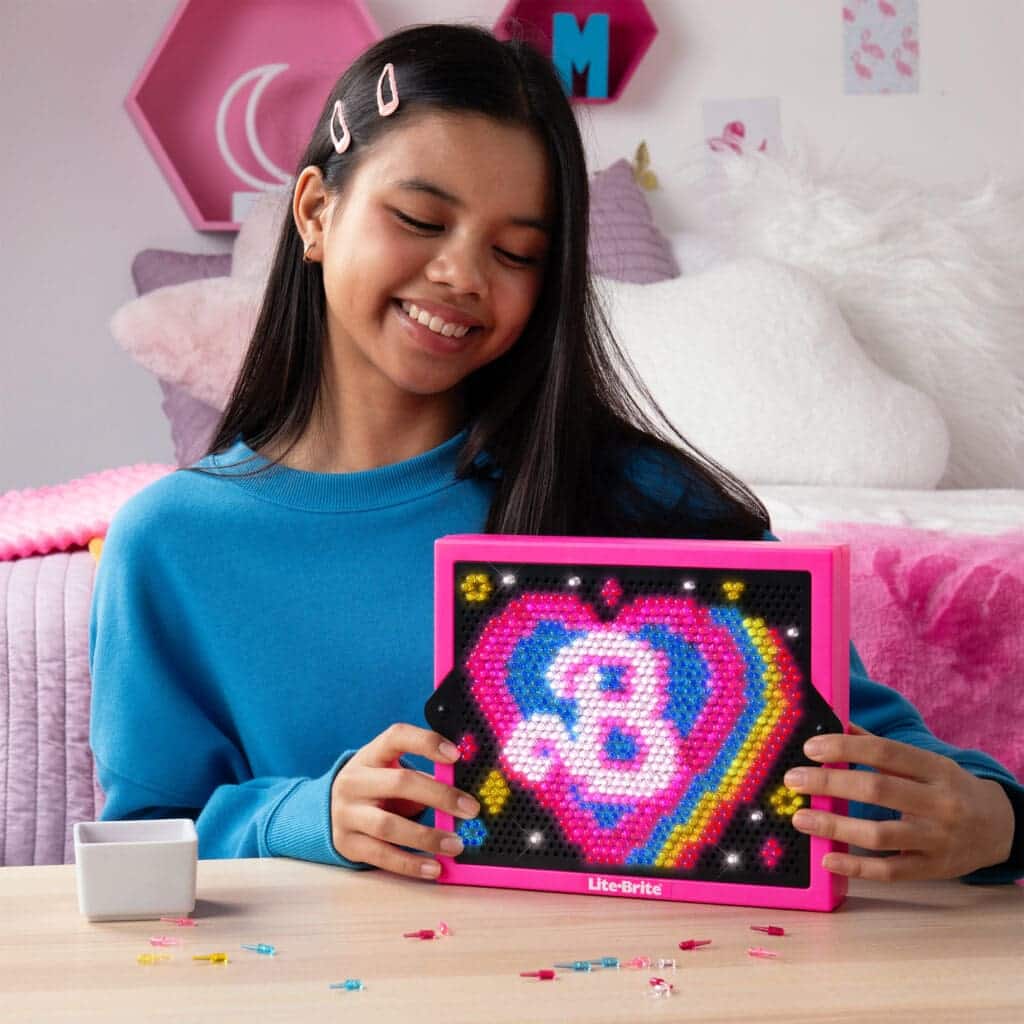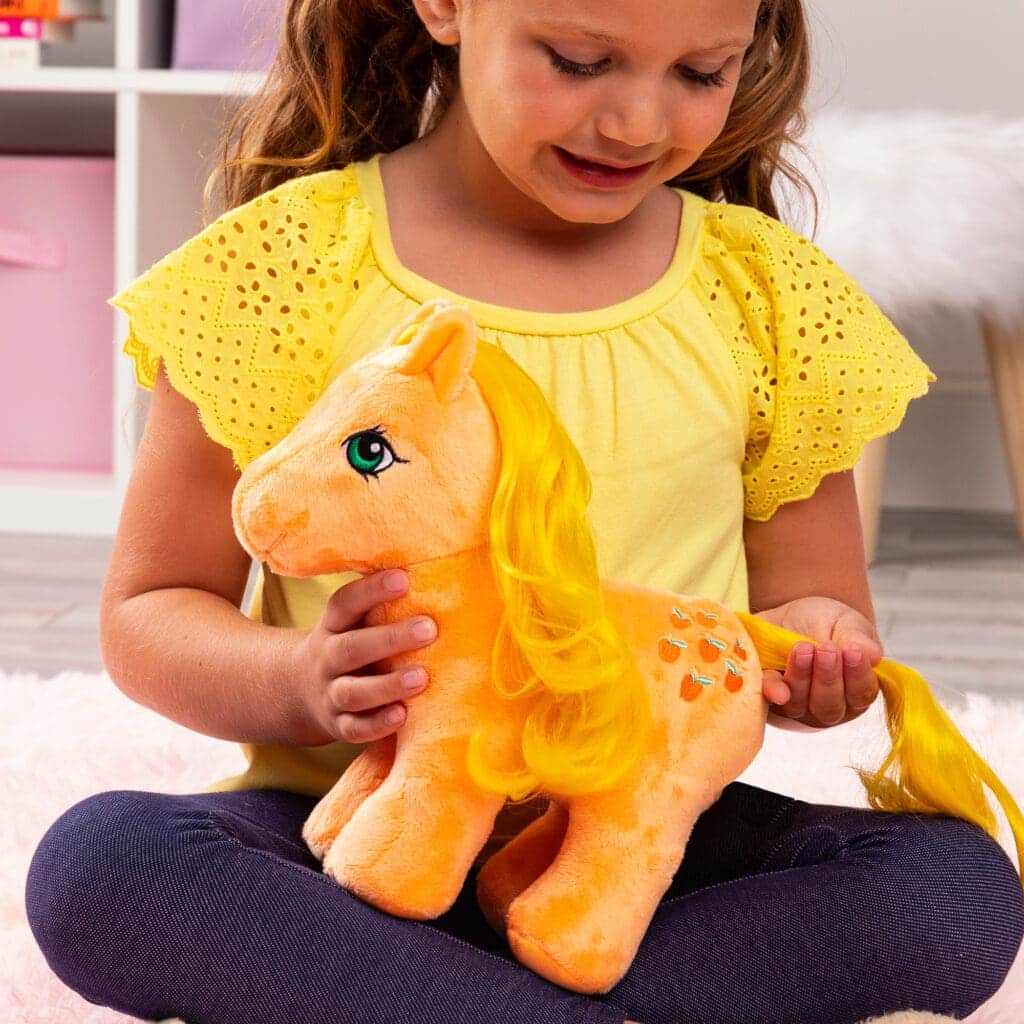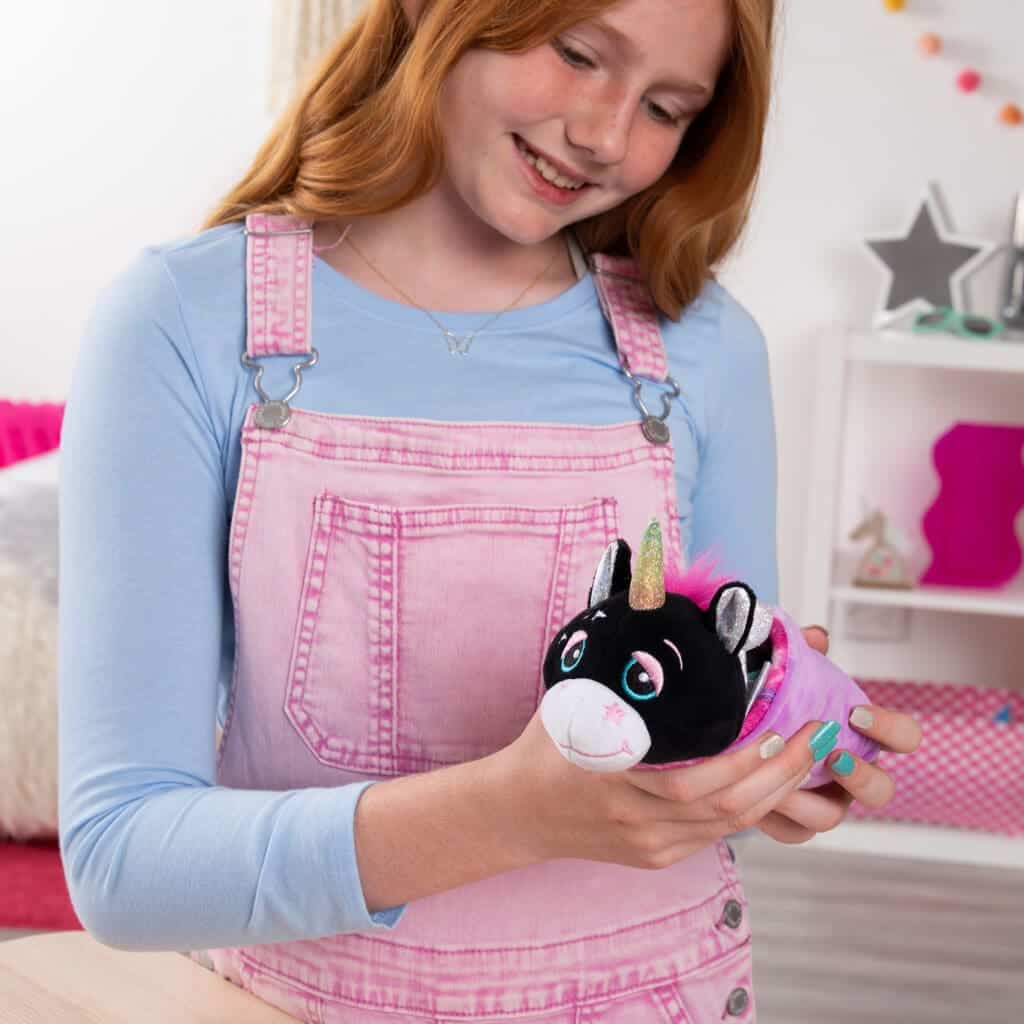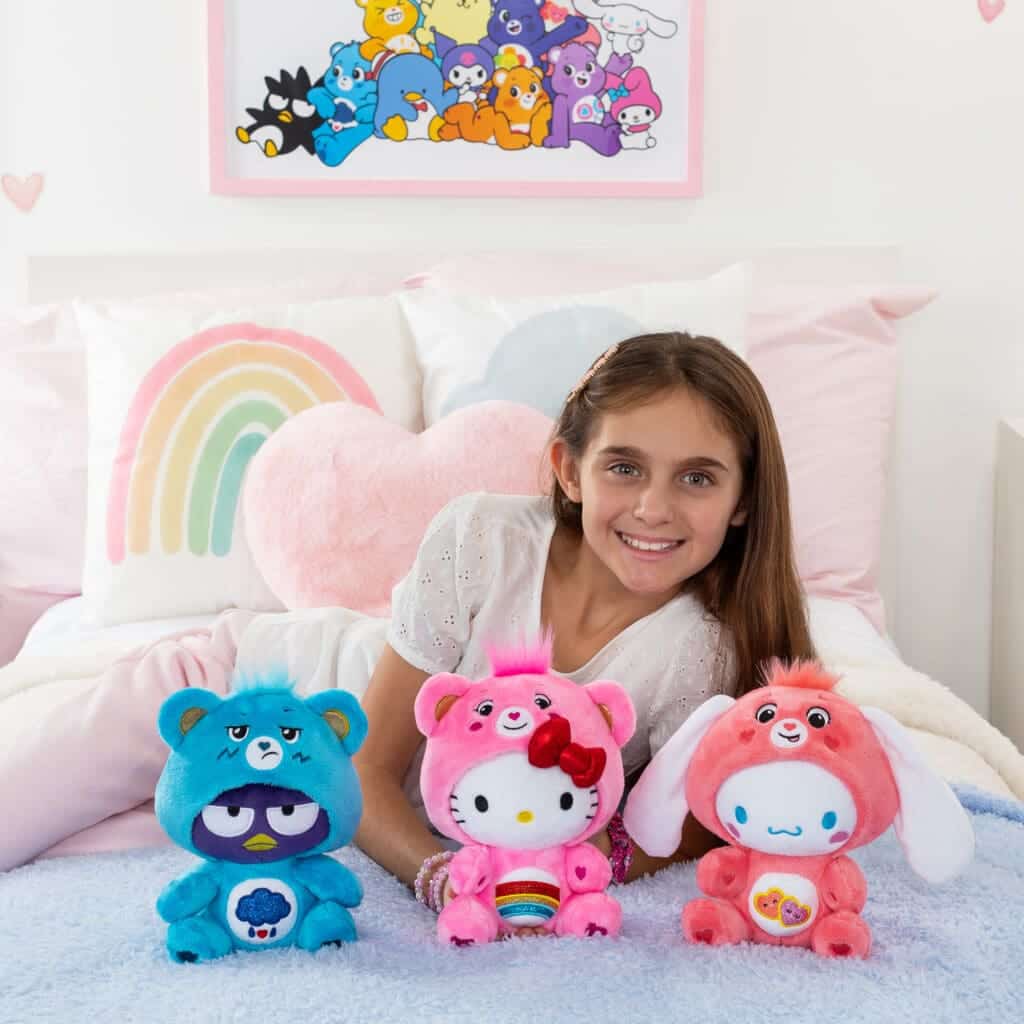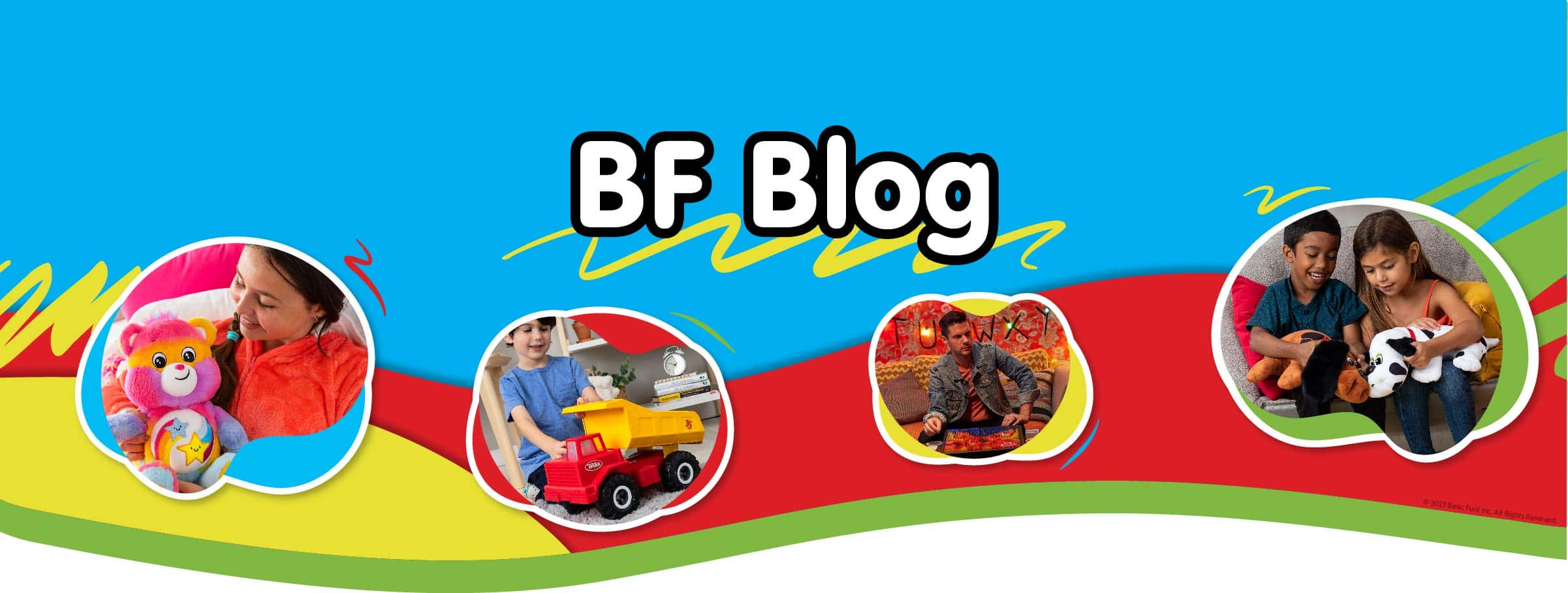
Get Your Child to Clean Up Their Toys: Making Tidying Fun and Easy
At Basic Fun!, we understand that teaching children to pick up their toys can sometimes feel like a daunting task. However, instilling good habits early on is crucial for their development and can make life easier for the entire family. Here are some effective strategies to help you get your kids to clean up their toys, making the process fun and engaging for everyone.
Make Cleaning Up Fun
Turn It into a Game:
- Kids love games, so why not make cleanup time a playful challenge? Create fun challenges like racing against a timer or seeing who can pick up the most toys in a set amount of time. This turns a mundane task into an exciting activity.
Use a Clean Up Song:
- Introduce a clean up song to signal when it’s time to start tidying up. Music can make the process more enjoyable and create a positive association with cleaning up. You can use classic tunes or create your own family cleanup anthem.
Establish a Routine
Consistent Cleanup Times:
- Setting specific times of the day for cleanup, such as before meals or bedtime, helps build a routine. Consistency is key to developing good habits.
Create a Cleanup Chart:
- Use a chart with stickers or checkmarks to track cleanup tasks and reward consistent efforts. Visual progress can be very motivating for young children.
Provide Clear Instructions
Break Down the Task:
- Give specific instructions like “Put the blocks in this bin” or “Place the dolls on this shelf.” Clear, simple directions make it easier for children to understand what is expected.
Use Visual Aids:
- Labels with pictures can help younger children understand where things belong, making the cleanup process more straightforward.
Create a Designated Play Area
Defined Spaces:
- Designate specific areas for play and storage, making it easier for children to know where toys belong. Having a clear play area helps contain the mess and makes cleanup quicker.
Accessible Storage Solutions:
- Use shelves, bins, and baskets that are easily accessible to children. When storage is within reach, kids are more likely to put toys away without assistance.
Teach Responsibility
Discuss the Importance:
- Explain why it’s important to clean up, such as preventing tripping hazards or making it easier to find toys later. Understanding the reasons behind the task can make children more willing to participate.
Involve Them in the Process:
- Allow your child to help decide where toys should be stored and organize their space. Giving them a say in the process fosters a sense of ownership and responsibility.
Set Limits
Limit the Number of Toys:
- Reduce the number of toys available at one time to make cleanup more manageable. Rotating toys can keep things fresh and exciting without overwhelming the child.
Rotate Toys:
- Keep some toys in storage and rotate them periodically. This not only reduces clutter but also keeps children engaged with different toys over time.
Be Patient and Consistent
Consistency is Key:
- Stick to the routine and reinforce the cleanup habit regularly. Habits take time to develop, so be patient and provide gentle reminders as needed.
Patience Pays Off:
- Understand that it may take time for your child to develop the habit. Consistent, patient guidance will eventually lead to success.

